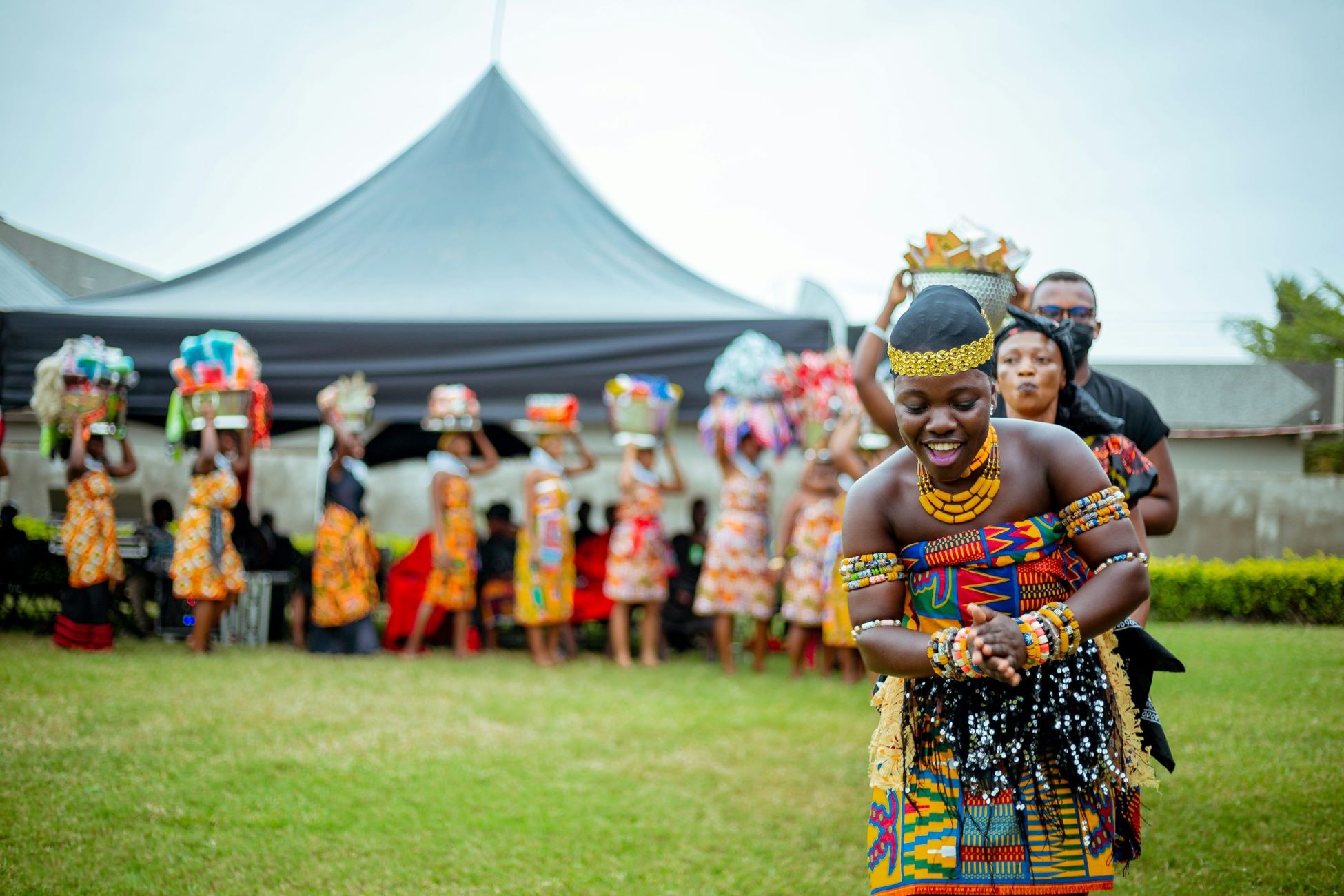Secrets Behind South African Traditional Dress

South African traditional dress is more than just clothing; it tells stories of history, culture, and identity. Each piece, from the vibrant Zulu beadwork to the elegant Xhosa skirts, holds deep meaning. These garments showcase the rich diversity of South Africa's many ethnic groups. For example, the Ndebele women are known for their colorful blankets and intricate beadwork, while the Sotho people wear distinctive hats and blankets. Understanding these traditional outfits helps appreciate the country's heritage. Whether attending a cultural festival or visiting a local community, seeing these beautiful clothes in person offers a unique glimpse into South Africa's soul.
The Rich Tapestry of South African Traditional Dress
South Africa's traditional dress reflects its diverse cultures and rich history. Each ethnic group has unique attire that tells a story of heritage, identity, and pride. Let's explore some of the most iconic traditional dresses from different regions.
Zulu Traditional Dress
The Zulu people are known for their vibrant and intricate attire, especially during ceremonies and celebrations. Their traditional dress is a colorful display of their culture.
- Isidwaba: A leather skirt worn by married women, often adorned with beads and intricate patterns.
- Isicwaya: A beaded apron worn by young girls, symbolizing their transition into womanhood.
- Umqhele: A headband made of beads or animal skin, worn by both men and women during special occasions.
Xhosa Traditional Dress
Xhosa attire is elegant and sophisticated, often featuring intricate beadwork and bold patterns. Their dress is a symbol of their rich cultural heritage.
- Isikhakha: A long skirt worn by women, usually made of cotton and decorated with colorful beads.
- Umbhaco: A traditional blanket worn over the shoulders, often embroidered with geometric patterns.
- Ithumbu: A beaded necklace worn by both men and women, signifying their social status.
Sotho Traditional Dress
The Sotho people have a distinctive style of dress that is both practical and symbolic. Their attire is often made from durable materials to withstand the harsh climate.
- Seshoeshoe: A printed fabric dress worn by women, known for its bright colors and intricate designs.
- Kobo: A traditional blanket worn by men, often used for warmth and as a symbol of status.
- Moruka: A hat made from animal skin, worn by men during important ceremonies.
Ndebele Traditional Dress
The Ndebele people are famous for their colorful and geometric beadwork, which is a central part of their traditional dress. Their attire is a vibrant expression of their artistic heritage.
- Ithunga: A beaded apron worn by women, often decorated with bright colors and intricate patterns.
- Ngurara: A beaded neckpiece worn by married women, symbolizing their marital status.
- Iphephethu: A beaded headband worn by both men and women during cultural celebrations.
Venda Traditional Dress
Venda attire is known for its bright colors and unique patterns. Their traditional dress is a reflection of their deep connection to nature and their ancestors.
- Minwenda: A colorful wrap-around skirt worn by women, often made from cotton or silk.
- Dukwana: A traditional headscarf worn by women, usually matching their skirt.
- Tshikona: A traditional dance costume worn by men, featuring bright colors and elaborate designs.
Tsonga Traditional Dress
The Tsonga people have a distinctive style of dress that is both vibrant and practical. Their attire is often made from lightweight materials to suit the warm climate.
- Xibelani: A pleated skirt worn by women, known for its bright colors and intricate beadwork.
- Nceka: A traditional shawl worn by women, often decorated with geometric patterns.
- Mutsonga: A beaded necklace worn by both men and women, symbolizing their cultural heritage.
Swazi Traditional Dress
Swazi attire is characterized by its bold colors and intricate patterns. Their traditional dress is a symbol of their rich cultural heritage and pride.
- Emahiya: A wrap-around skirt worn by women, often made from brightly colored fabric.
- Ligcebesha: A beaded necklace worn by women, symbolizing their social status.
- Umhelwane: A traditional headband worn by men during cultural ceremonies.
Celebrating South African Traditional Dress
South African traditional dress is more than just clothing. It tells stories, shows identity, and connects people to their roots. Each piece, from the vibrant Zulu beadwork to the intricate Xhosa designs, carries deep meaning. These outfits are worn during important events like weddings, festivals, and ceremonies, showcasing the rich culture and history of the different tribes.
Understanding these traditional clothes helps appreciate the diversity and unity of South Africa. It’s a reminder of the country's journey and the strength of its people. When visiting South Africa, seeing these garments up close or even trying them on can be a memorable experience.
Respecting and learning about these traditions enriches our knowledge and fosters a deeper connection with the people and their heritage. South African traditional dress is a beautiful expression of the nation's soul.

